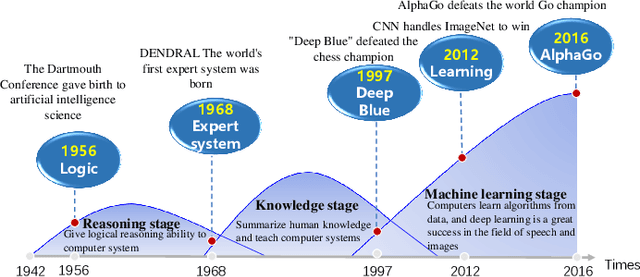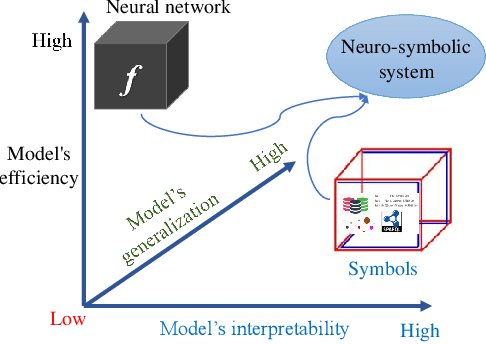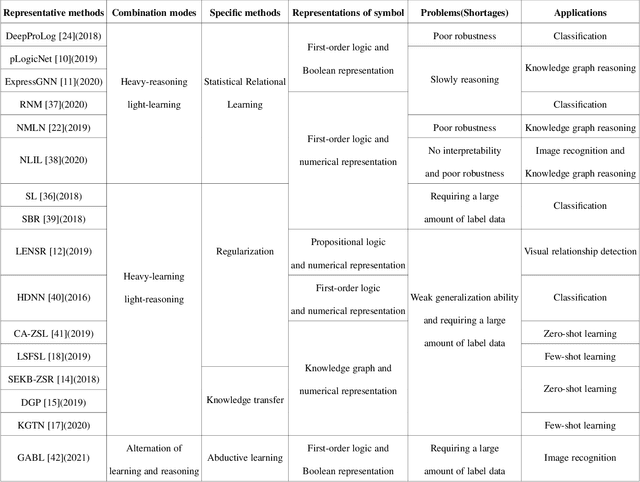A Survey on Neural-symbolic Systems
Paper and Code
Nov 10, 2021



In recent years, neural systems have demonstrated superior perceptual intelligence through highly effective learning, but their reasoning capabilities remain poor. In contrast, symbolic systems have exceptional cognitive intelligence through efficient reasoning, but their learning capabilities are poor. In this case, an ideal intelligent system--a neural-symbolic system--with high perceptual and cognitive intelligence through powerful learning and reasoning capabilities gains a growing interest in the research community. Combining the fast computation ability of neural systems and the powerful expression ability of symbolic systems, neural-symbolic systems can perform effective learning and reasoning in multi-domain tasks, demonstrating concurrent perception and cognition capabilities in intelligent systems. This paper surveys the latest research in neural-symbolic systems along four dimensions: the necessity of combination, technical challenges, methods, and applications. This paper aims to help advance this emerging area of research by providing researchers with a holistic and comprehensive view, highlighting the state of art and identifying the opportunities.
 Add to Chrome
Add to Chrome Add to Firefox
Add to Firefox Add to Edge
Add to Edge